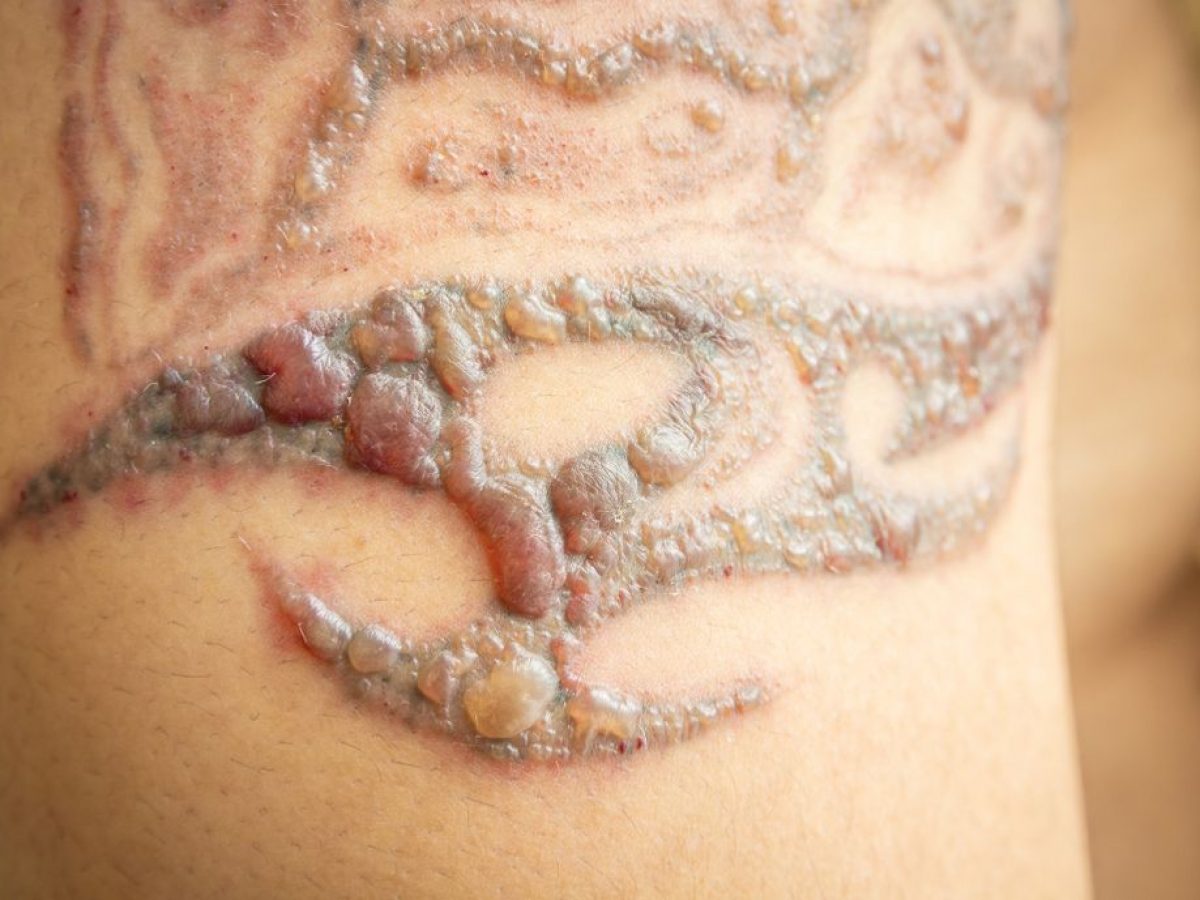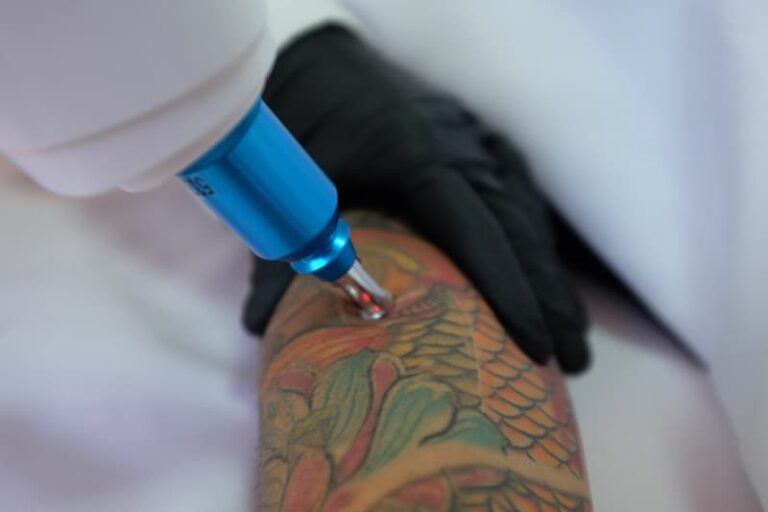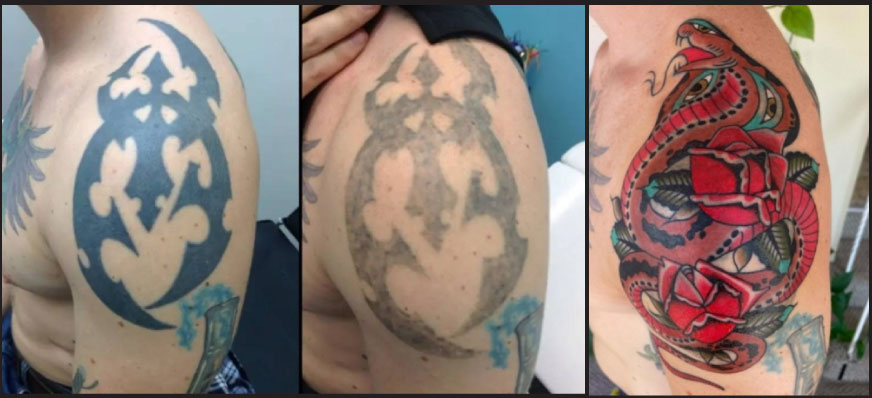How Tattoos Are Removed. Everything You Need To Know About Laser Tattoo Removal
Common techniques that are used for tattoo removal include laser surgery, surgical removal, and dermabrasion. Tattoo ink is placed beneath the top layer of the skin. That makes tattoo removal more complicated — and expensive — than the original tattoo application.

Origin Of Tatoo
The word ‘tattoo’ comes from the Samoan word ‘tatau’, which mimics the tapping sound of the tools used during tattooing. To create tattoos, they used turtle shells and boar’s teeth to tap the dark pigment into the skin.
Ancient tattooing was most widely practiced among the Austronesian people. It was one of the early technologies developed by the Pre-Austronesians in Taiwan and coastal South China prior to at least 1500 BCE, before the Austronesian expansion into the islands of the Indo-Pacific.
Why Tatoo Is Popular
Tattoos remain a way of allowing individuals and groups to express and distinguish themselves. They help others identify their causes, beliefs, and traditions. Many people still enjoy the idea of getting tattoos, whether the design they choose is small or large. They are a symbol of individuality and freedom of choice
Procedure Or Having A Tattoo And Health Consequences
Tattoos breach the skin, which means that skin infections and other complications are possible, including Allergic reactions.

Tattoo dyes — especially red, green, yellow, and blue dyes — can cause allergic skin reactions, such as an itchy rash at the tattoo site. This can occur even years after you get the tattoo.
Most Frequently Asked Questions About Laser Tattoo Removal.
Best Way To Remove Tattoos
If you are suffering from tattoo regret, laser tattoo removal is the most effective method to eliminate your tattoo ink without scarring. It is safe for all skin tones and works on virtually all inks. In just a few laser sessions, your skin can be ink-free.
Q-switched lasers — which release energy in a single, powerful pulse — are often the treatment of choice for tattoo removal.

A special type of laser — called a Q-switched Nd: YAG — might be used on darker skin to avoid changing the skin’s pigment permanently.
Laser removal is considered the most successful way to remove tattoos and is also minimally invasive and non-surgical.
Procedure For Tattoo Removal
- Pico laser Technology plays a key role in removing stubborn tattoos. Anyway, before the Laser Treatment, a local anesthetic is applied to ensure the patient’s wellbeing and comfort.
- After conveying anesthesia, different laser light wavelengths are made incident on the tattoo to get absorbed by the ink particles.
- Ultimately, ice bags are used to lower the risk of adverse events.
- However, all this is done with the help of FDA approved device. And please note that colored tattoos require greater efforts to be removed – it’s usually a long-term commitment for such sufferers.
How Does Laser Tattoo Removal Work?
When tattoo removal laser light is applied to the skin, it heats up and shatters the ink that it reaches first within the skin. In other words, the shallowest layers of ink are removed before the deepest layers.

It takes multiple treatments to penetrate through all of the varying depths of ink in a tattoo.
If a tattoo is particularly dark or bold, it will require more treatments to remove the ink compared to shaded tattoos with a lower density of ink.
Does It Hurt Or Is The Procedure Completely Pain-Free?
Most people consider the pain of getting a tattoo to be far worse than anything they’ve experienced during their laser tattoo removal treatments.
While laser tattoo removal can hurt, chances are it won’t hurt as much as getting the tattoo did.
Tattoo removal pain is comparable to the pain of a bad sunburn, and the laser pulses feel like a rubber band snapping against your skin. Cringe-worthy, yes, but tolerable.
How Many Sessions Are Needed To Remove The Tattoo?
- The color, the amount of ink, and the depth/layer of the tattoo are used to determine how fast tattoos can be removed. Your body clearance and the ability to heal or risk of getting hypertrophic scarring certainly play a part in tattoo removal.
- Most tattoos will require between five and ten sessions. Bigger tattoos will take up to ten sessions, while the smaller ones may be closer to five sessions.
- It is safe to assume your tattoo will need somewhere in there too. This is a broad answer because laser removal of tattoos will depend on many factors.
How Long Will It Take To Remove A Tattoo?

- Clients generally need at least 3-6 sessions to remove each tattoo. After every session, you must allow the area to heal for at least before receiving another session.
- With these numbers in mind, it takes a minimum of 12 to 24 weeks, on average, to remove a tattoo.
- The actual laser removal sessions are pretty short and usually take only a few minutes, but you have to wait for about 8 to 12 weeks in between each session for your body to be able to flush out the ink. So it’s quite a lengthy process.
Does Laser Work For All Skin Types?
That depends on what kind of laser the clinic has, but if we’re talking simply about technology then yes – there are lasers that work for all skin types.
The laser is attracted to the melanin, or color, in your hair follicles, so the treatment works best on an individual with dark, coarse hair and pale skin — the contrast helps the laser better target the hair follicles.
The Cynosure laser works well on all skin colors and types and almost every type of hair.
Does Laser Tattoo Removal Work On Colored Tattoos?

- Laser tattoo removal works best on black ink, which is the easiest tattoo color to remove and the one you’ll see the most success with.
- When it comes to other colors, they’re harder to remove, but you can definitely fade them quite a lot so that they won’t be as noticeable, or perhaps enough so that you can cover it up with a different tattoo.

How Tattoos Are Removed. Everything You Need To Know About Laser Tattoo Removal - Ink color does play a role in tattoo removal success. Colored tattoos often require more treatment sessions to completely remove compared to all-black tattoos. However full removal of even the most colorful tattoos is possible.
How Much Does Laser Tattoo Removal Cost?
Generally, colored tattoos cost more than black ones. This is because they are more difficult to be absorbed by laser. However, besides this, the surgeon’s fee will also be a part of the amount of money you will pay for your treatment.
According to the American Society of Plastic Surgeons (ASPS), in 2020, the cost of laser tattoo removal averaged $423 (not counting related expenses). Removing a large, detailed piece could cost $4,000 or more. Some providers have a flat fee for removal up to a certain size. Others charge by the square inch
Preparing For The Tatoo Removal Procedure
Once you’ve confirmed your appointment, it’s best you start making a few changes in your lifestyle. These may include:
- Set realistic expectations concerning Laser Tattoo removal
- Avoid getting any skin treatment such as Laser Hair Removal or even a regular facial a week before the treatment
- Waxing can make your skin sensitive, so avoid it for at least 7-10 days before
- Smoking affects the final results, so it is highly recommended to quit it
Care After Tattoo Removal
- During recovery, it’s important that you avoid excessive sun exposure as harmful UV rays surely can affect the treatment outcome
- Avoid swimming, running, and other strenuous exercises for a few days after the procedure
- Avoid scratching, or even unnecessarily touching the part of the body/skin that has been lasered
- Don’t take any over-the-counter medication without consulting your doctor




